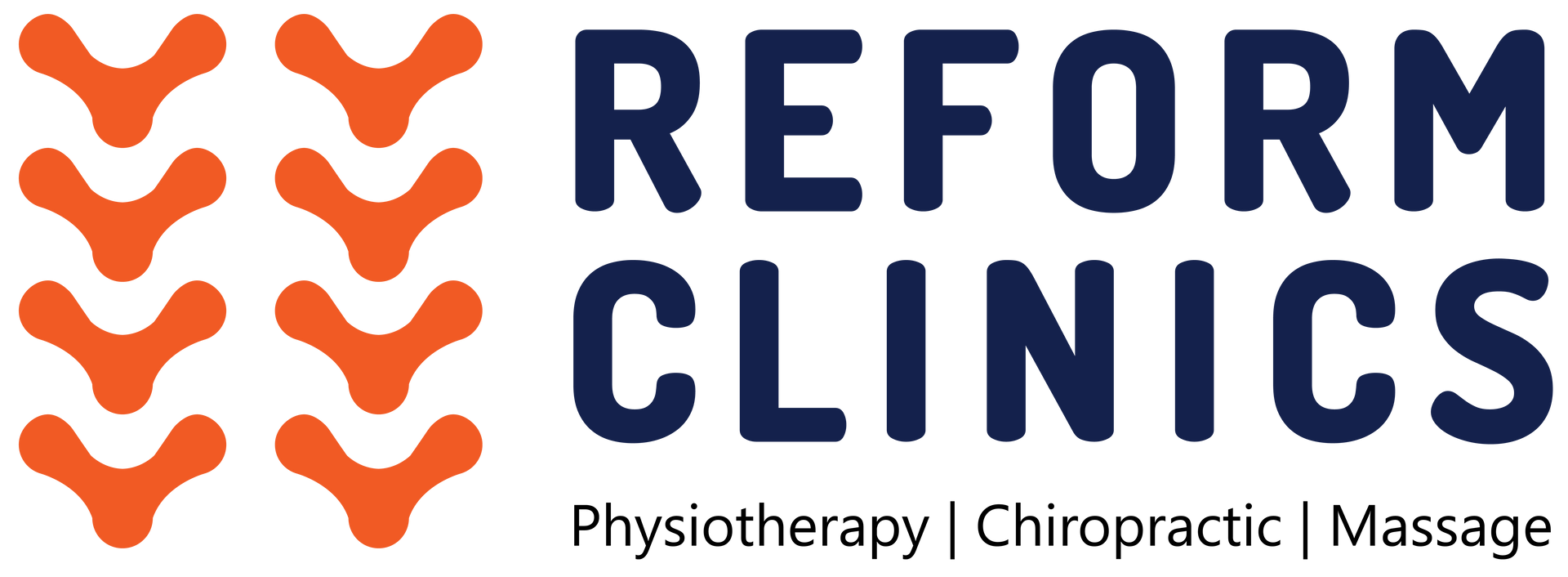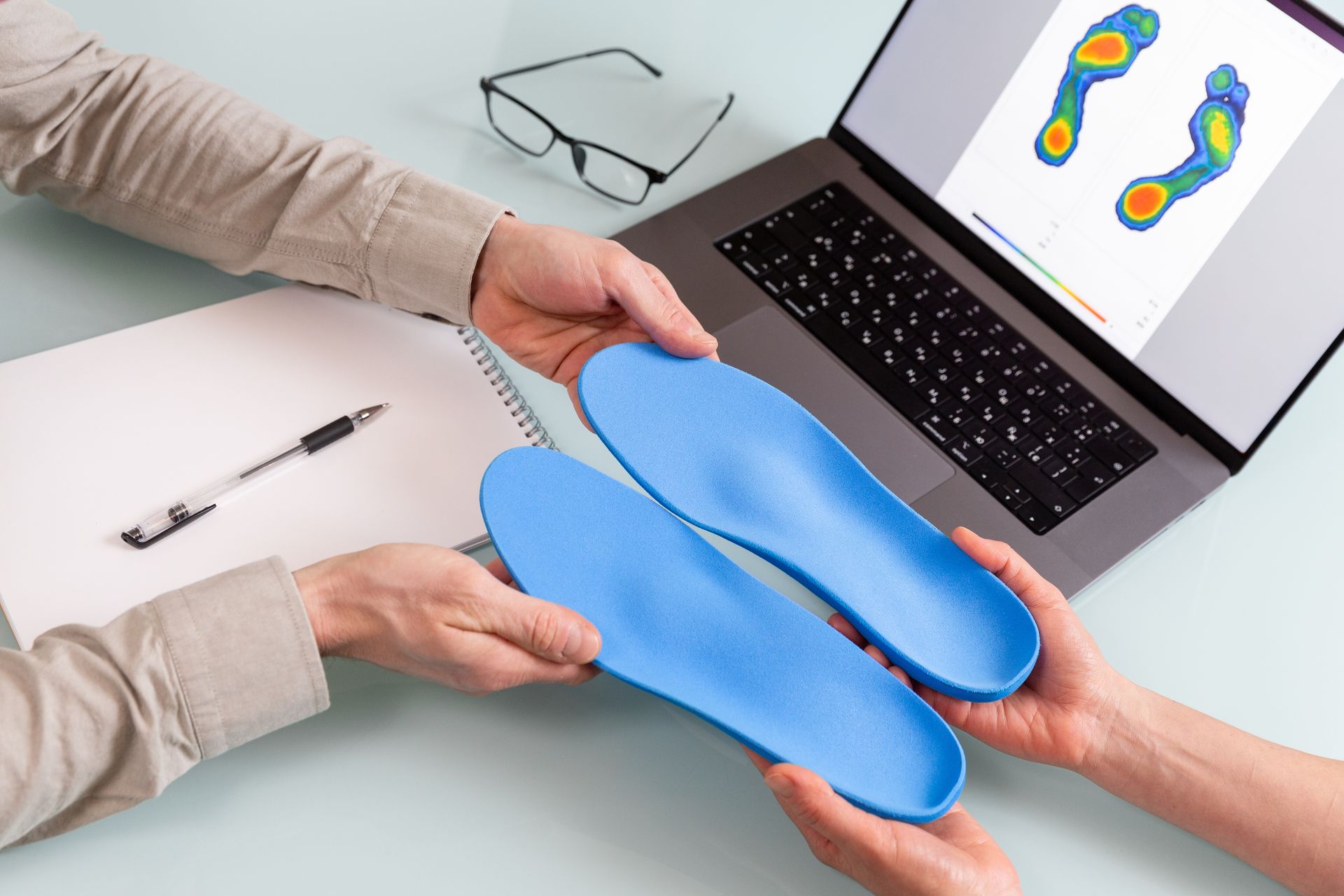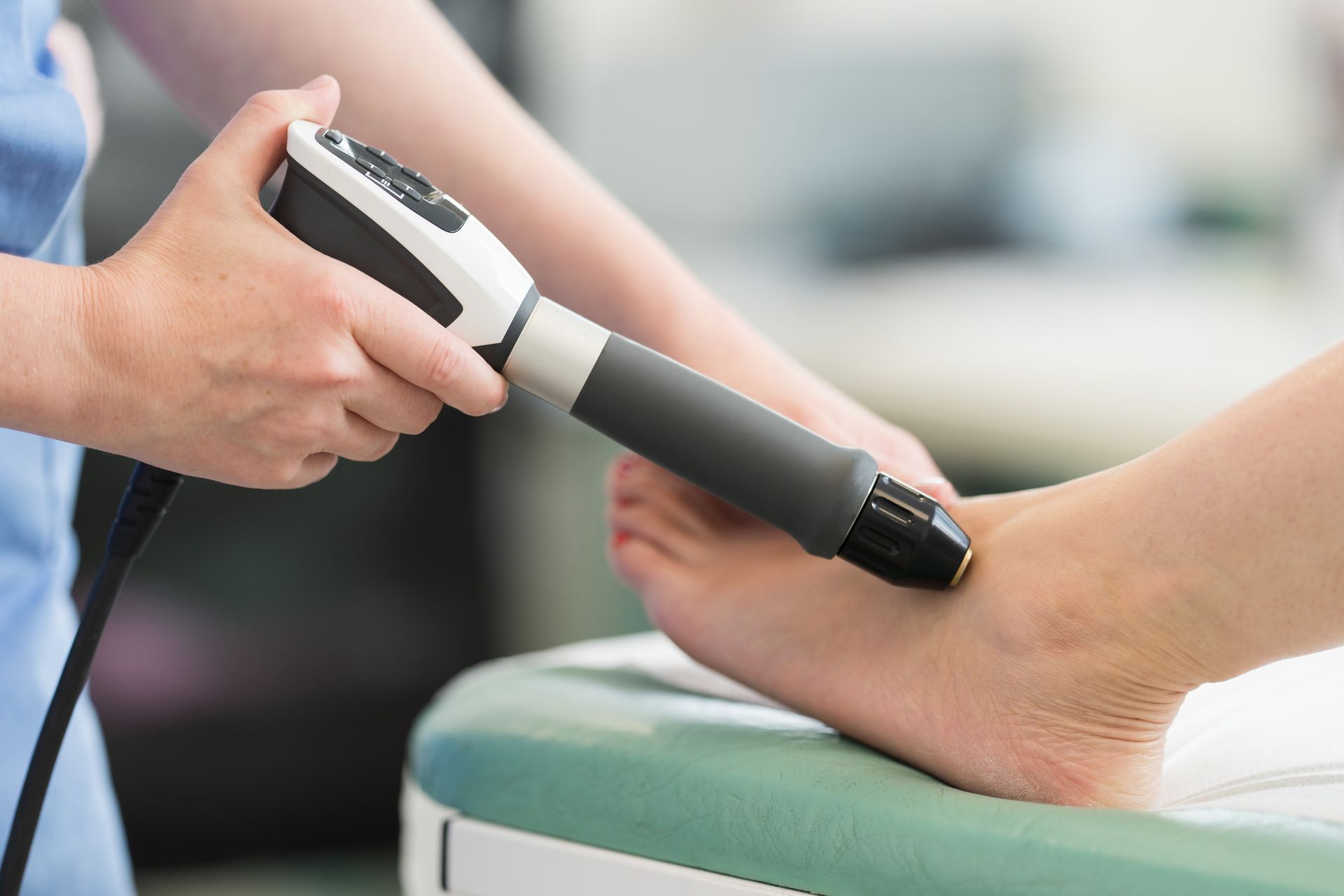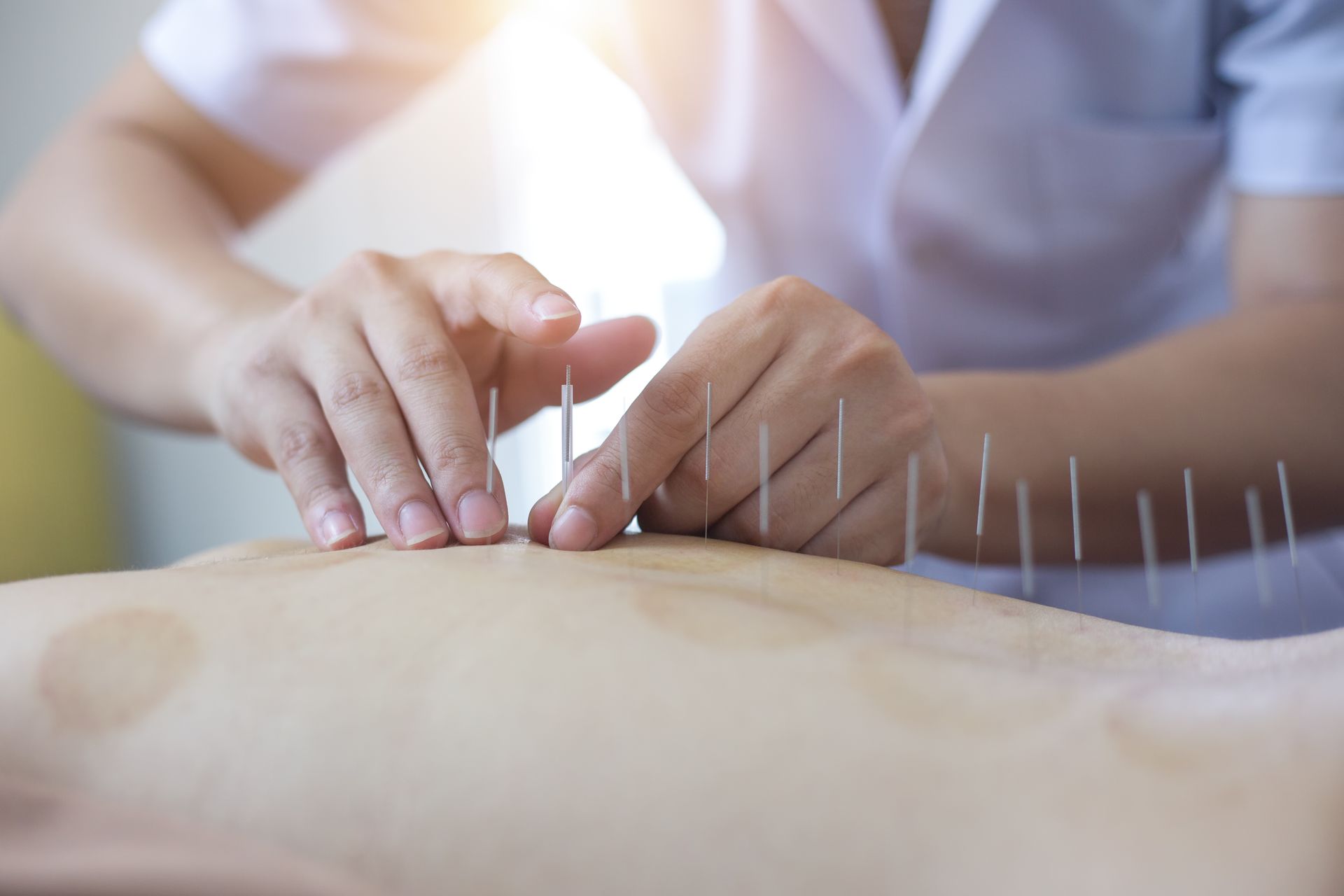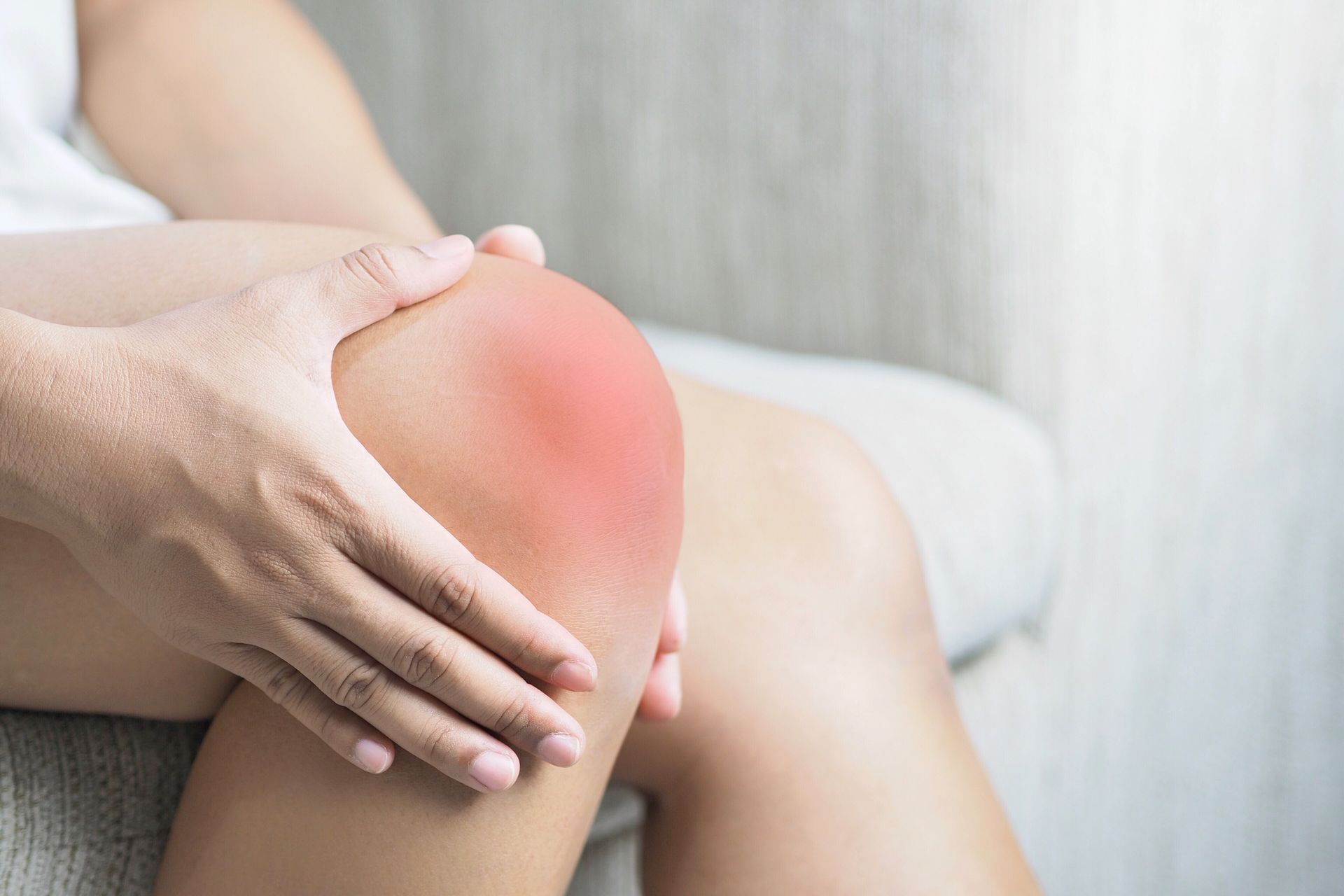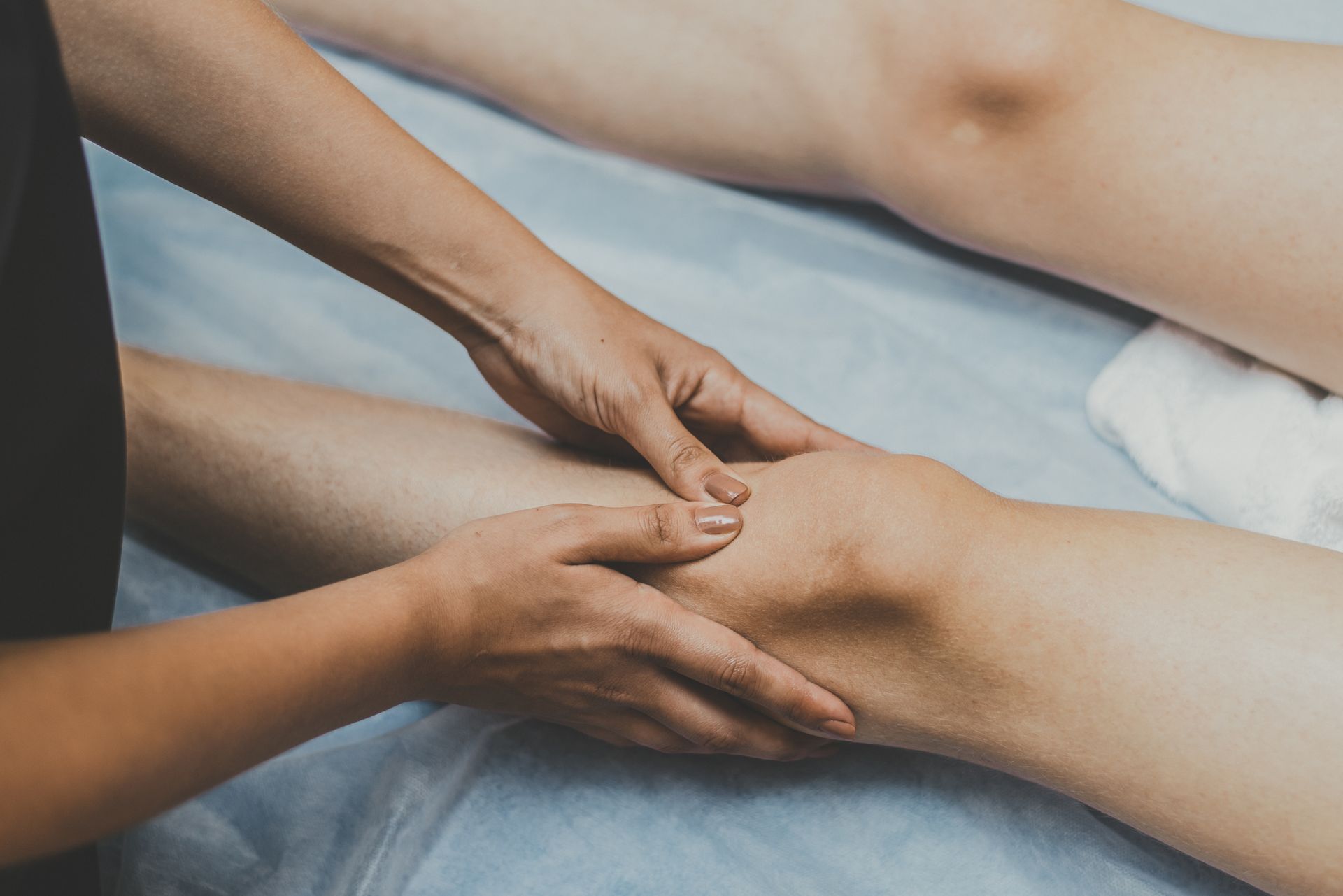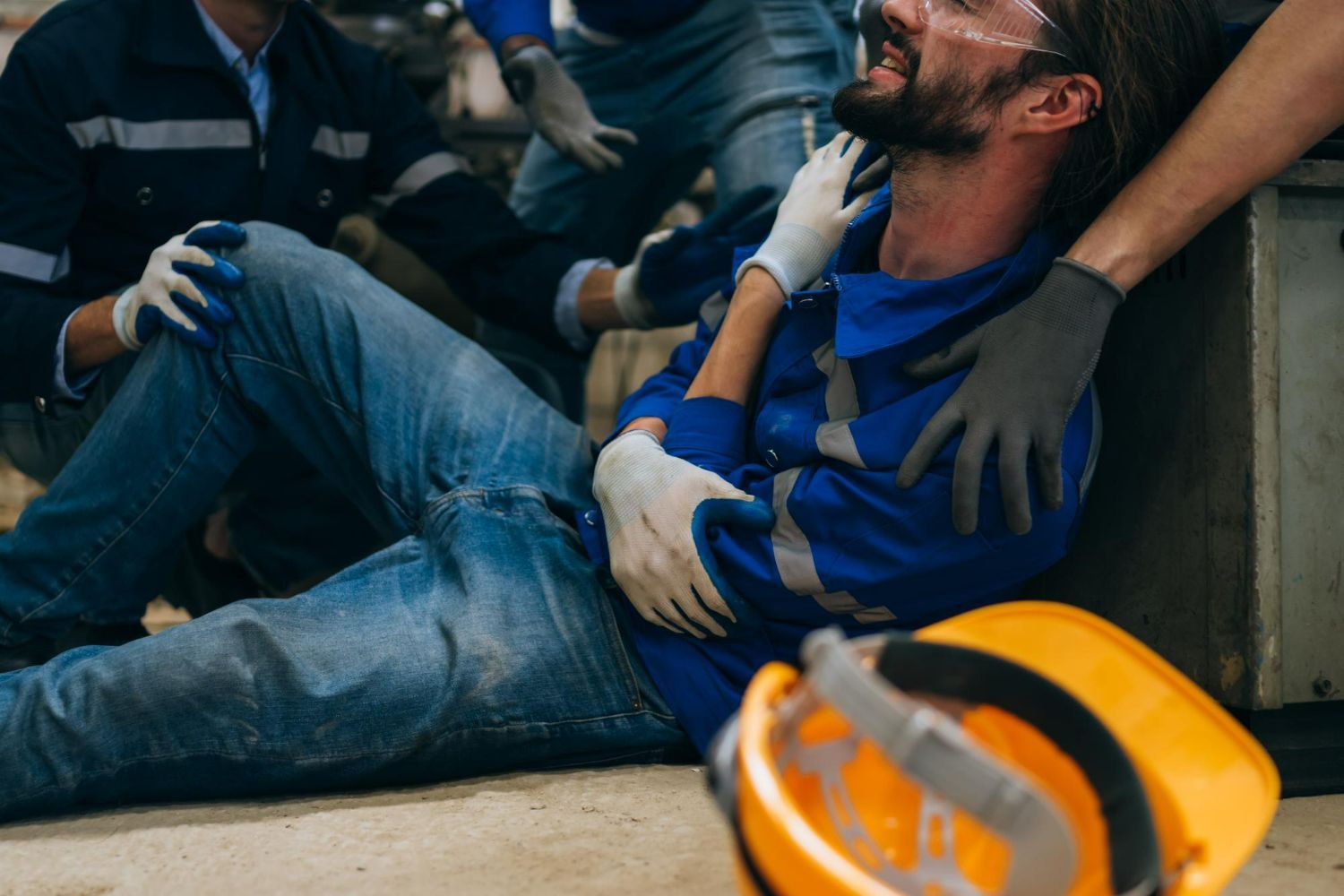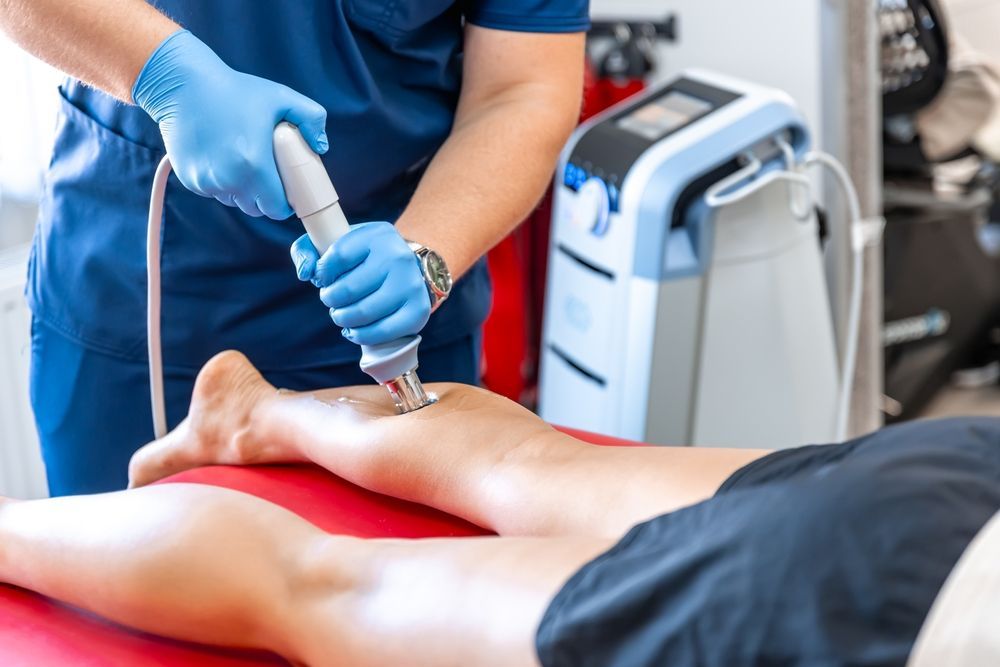Your Treatment Options for Sports Injuries
When you step onto the field — be it any sport — injuries are expected. So whether you skate around your neighborhood or play in the NBA, chances are you may have suffered from your fair share of injuries. You may even be suffering from one right now.
While injuries are part and parcel of the game, that does not mean there is nothing you can do about them. In fact, with recent advances in medical science and technology, newer treatment methods exist that can help you get back on the pitch quicker.
In this article, the experts at Reform Clinics — a renowned sports injury clinic — describe some of the most effective sports injury treatment options.
Read on to learn more.
Common Types of Sports Injuries
Before we delve our discussion into treatment options, it's important to recognize three common sports injuries.
First is the all-too-familiar muscle strain. A muscle strain is an injury associated with endurance sports such as swimming — and is frequently a result of muscle microtears.
A torn anterior cruciate ligament (or ACL for short) is next. The ACL is a thick fibrous joint essential for knee stability. Sudden twists or unnatural rotations of the knee can lead to ACL rupture.
Lastly, no discussion about sports injuries is complete without mentioning a sprain. In fact, you’ll be hard-pressed to find a person — athlete or otherwise — who has not at least once sprained their ankle. A sprain is the result of a tear(s) in ligaments. These are thick fibrous bands that connect one bone to another.
Although the aforementioned injuries are common, the list of possibilities is endless. What’s more, sports injuries can affect any body part and vary significantly in severity. Thus, this list is by no means exhaustive.
Your Treatment Options:
Luckily, similar to the wide variety of sports injuries, an equally comprehensive list of treatment options are available.
Having said that, most mild injuries can be treated with the R.I.C.E method — rest, ice, compression, and elevation. Using a brace and over-the-counter anti-inflammatory medications can also help.
Electric stimulation, physiotherapy, and shockwave therapy are viable options for more severe injuries.
- Electric Stimulation
Electric stimulation (or E-stim) uses mild electrical bursts to contract specific muscles. This serves three purposes. First, the repeated muscle contractions improve blood flow leading to better recovery.
Second, muscle stimulation reduces pain. Finally, through the repeated stimulus, electric stimulation can help strengthen muscles. This prevents injuries down the line.
- Physical Therapy
Physiotherapists and Sports Chiropractors specialize in helping athletes boost their performance and recover from injuries. They utilize a range of manipulation techniques and promote a healthy lifestyle to enable athletes to achieve their goals.
- Shockwave Therapy
Shockwave therapy is a non-invasive — yet effective — treatment that uses shockwaves to boost healing and minimize pain.
It is recommended for athletes whose injuries do not respond to conservative treatments but do not warrant a surgical approach. Success rates with shockwave therapy are unparalleled - over 80-90% improvement.
How Many Sessions Will it Take to Heal the Injury
Since sports injuries — and their treatments — are so varied, the number of sessions required can also fluctuate greatly.
In general, though, it can take anywhere between three to eight weeks and two or more sessions to recover from a strain or sprain. But keep in mind these numbers vary considerably based on the severity of your injury, the chosen treatment option, and your overall health.
It’s Time to Get Back on the Field
With recent advancements in technology, athletes are spending more time on the field than ever before. Why should you be any different?
It’s time to get back in the game — and deliver your best.
Take the first step on your road to recovery by calling
905-827-5757 or visiting our
website for a personalized one-to-one consultation with one of
our health experts at Reform.
